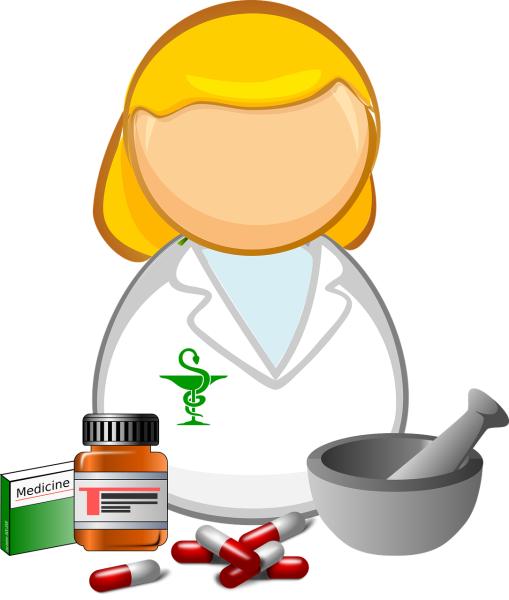COVID-19 aside, cardiovascular disease continues to take its toll in morbidity and deaths. Hypertension and elevated cholesterol levels are two modifiable risk factors and have drawn years of attention and guidelines. But for the individual practitioner, it is often difficult to get patients compliant with the right medication or combination of drugs. The Mass General Brigham Health system combined remote care, practitioners other than physicians, and a computer system incorporating current guidelines to improve compliance and bring patients closer to their blood pressure and cholesterol targets.
From January 2018 to May 2020, 5000 patients, roughly a third of those patients with the health systems' database, were identified with the need for improvement in their cholesterol or blood pressure.
Roughly 4000 had cholesterol issues, 25% were referred to a clinician or "became unreachable," and 46% of the remaining individuals met LDL thresholds. The intensification of therapy reduced cholesterol levels by 18% for all 4000 and 42% in those that "achieved maintenance after completing titration," roughly 35% of the total enrollees.
About 1400 patients had blood pressures outside of guidelines. Once again, 30% were referred to a clinician or otherwise were no longer followed. Of the remaining patients, whose blood pressure was followed by at-home measurements, there was a decrease of 14 and 6 mm in the systolic and diastolic pressures, respectively. This was due to an intensification of medications, as more patients went from 1 to 2 or more drugs.
It required more communication to get hypertension within guidelines as compared with cholesterol, but the overall changes in medications or dosages were about 2 per patient in both cases. Overall the results show that we can move more patients towards the guidelines; it does leave the bigger question of whether greater compliance results in better health outcomes.
One has to ask, what is the secret sauce here. How could an algorithm and non-physicians move the needle in this way? First, note that about 25-30% of patients fell out of the program or were referred to their physician. This remote approach is not one-size-fits-all. Second, this was a labor-intensive project requiring 15 or more contacts between patients and practitioners to move the needle for each patient. That is an awful lot of traditional office visits, with all the transportation, waiting, and expenses when done old school. When digitized, it shows that we can move away from that traditional visit to brief phone calls, video chats, and text messages, all performed by non-physicians. The navigators were nonlicensed, which would mean neither nurses nor physicians – just people persons, good at communicating. The other team members were pharmacists, well acquainted with the medication options and adhering to an algorithmic approach. In business newspeak, both of these team members were operating at the top of their license. Oversight was provided by adherence to the algorithm and deference to the primary physician when the algorithm was no longer useful.
This is a good first start at reimaging how we provide care. It is remote, meaning it will allow us to reach into places where healthcare is scarce. It frees up physician time, which can them do a better job with the patients we need to be seeing because of our more significant experience and expertise – that will be a twin win because it will also reduce the need, to a degree, for more physicians. It is a native digital product so that all the innovation of digital commerce can be easily repurposed to improving care in the same way that Amazon or Netflix's improves their recommendations. It is a chance to enter the digital age without abandoning the many good parts of the health system that is getting a bit long in the tooth.
Source: Interim Report From the First 5000 Patients Enrolled in a Remote Algorithm-Based Cardiovascular Risk Management Program to Improve Lipid and Hypertension Control Circulation DOI: 10.1161/CIRCULATIONAHA.120.051913"




